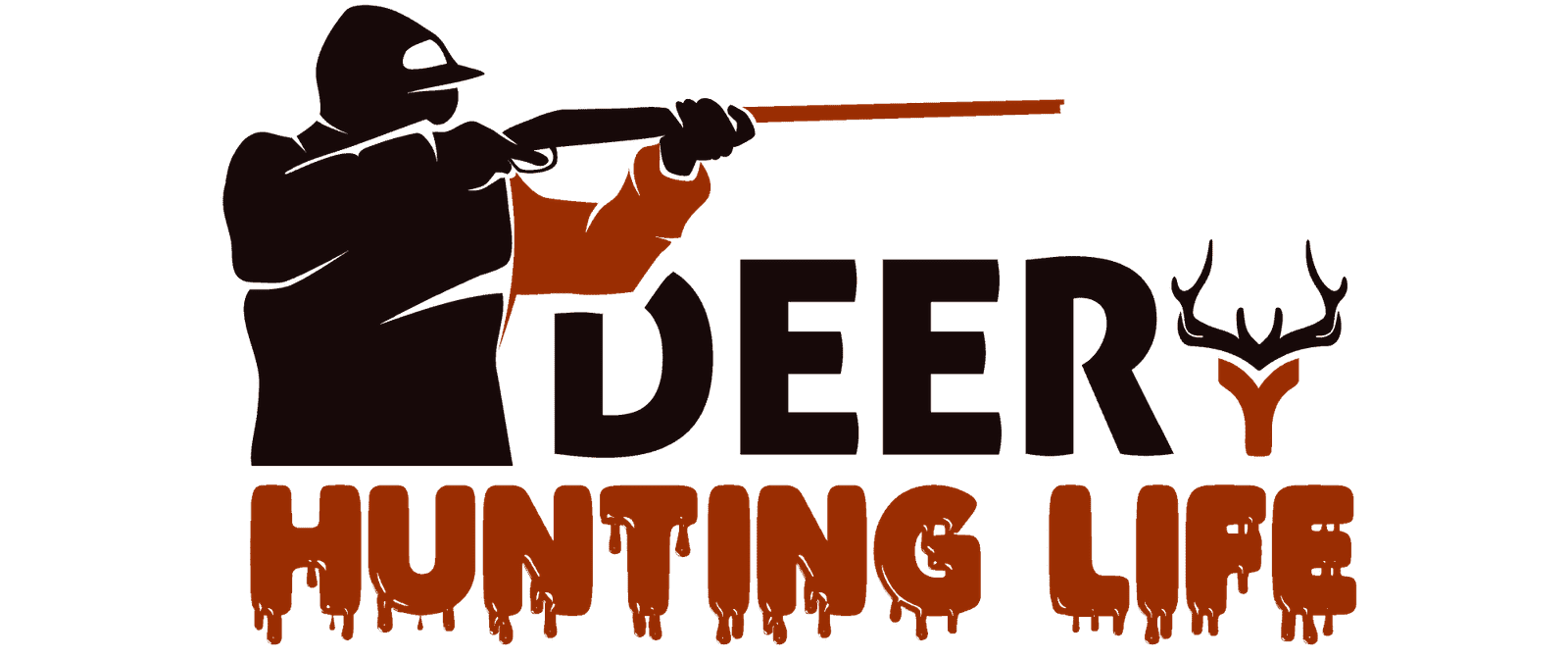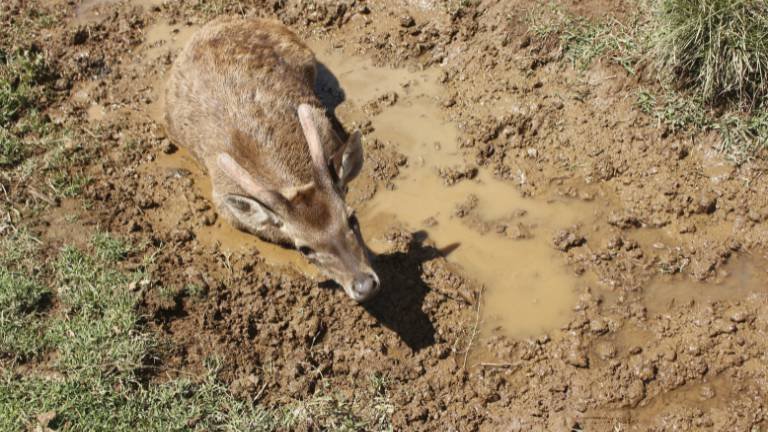It was always a mystery among hunters as why do deer die with their eyes open. The phenomenon of deer dying with their eyes open is a common sight in the wild, leaving many people wondering why this happens. Upon closer examination, it becomes clear that there are a variety of factors that can cause a deer to die with its eyes open, some of which are related to natural causes and others that are a result of human activity.
This outline will explore the causes of death in deer and the specific factors that can lead to death with eyes open, including the role of the muscles controlling the eyelid and the effects of trauma, disease, and rigor mortis.
Why do deer die with their eyes open?
Deer can die with their eyes open for several reasons. One possible reason is sudden death from trauma or shock, which can cause the muscles controlling the eyelid to relax, keeping the eyes open. Another reason is neurodegenerative diseases that affect the levator palpebrae superioris muscle, which is responsible for keeping the eyelid open.
Additionally, rigor mortis, the stiffening of muscles after death, can cause the muscle to contract and keep the eyelid open. Other factors such as predation, disease and human-related causes such as hunting, vehicle collisions also can lead to death in deer. It is important to note that these factors are not mutually exclusive and in some cases more than one factor could lead to a deer dying with its eyes open.
When deer die, the muscles controlling the eyelid relax, causing the eyelid to remain open. This can happen without any external influence. The eyelid will often remain open without any assistance.
You should know that not always deer die with their eyes open. If you shoot a deer but you don’t give a fatal shot, there is a big chance that deer will try to run away. Usually, the deer will run 20-30 meters away and lie down in the ground. Deer will feel tired by the loss of blood and will close their eyes to rest. If you find the deer dead feet away from the place you shot it, there is a big chance that the eyes will be closed.
The muscles controlling the eyelid
The muscles controlling the eyelid are responsible for the movement and positioning of the eyelid. The main muscle responsible for keeping the eyelid open is the levator palpebrae superioris muscle. This muscle originates from the superior orbital fissure and inserts on the upper eyelid. It works by elevating the eyelid, keeping the eye open.
When this muscle is functioning properly, it allows the deer to open and close its eyelid at will. However, when this muscle is affected by disease or trauma, it can lead to the eyelid remaining open, even after death. Additionally, rigor mortis, which is the stiffening of muscles after death, can cause the levator palpebrae superioris muscle to contract and keep the eyelid open. Understanding the role of these muscles in controlling the eyelid movement helps us to understand why deer can die with their eyes open.
Do deer have their eyes open when they die?
The eyes of deceased animals are typically open, and one way to confirm that an animal is dead is to gently touch its eye with a stick. If the eye does not blink in response, it is a clear sign that the animal has passed away.
When hunting deer, it is important to ensure a quick and humane death. If the deer is still alive, the most efficient way to end its suffering is to take a shot to the base of the ear. If the intention is to mount the head, the shot should be placed in the heart-lung area, which will ensure a quick death and minimize damage to the head. For bowhunters, the only option for a clean and humane kill is to aim for the heart-lung area with an arrow.
Final Thoughts
Deer dying with their eyes open is a common phenomenon. When hunting, if you come across a deer that has been shot and its eyes are closed, it is important to be cautious, as it could still be alive.

